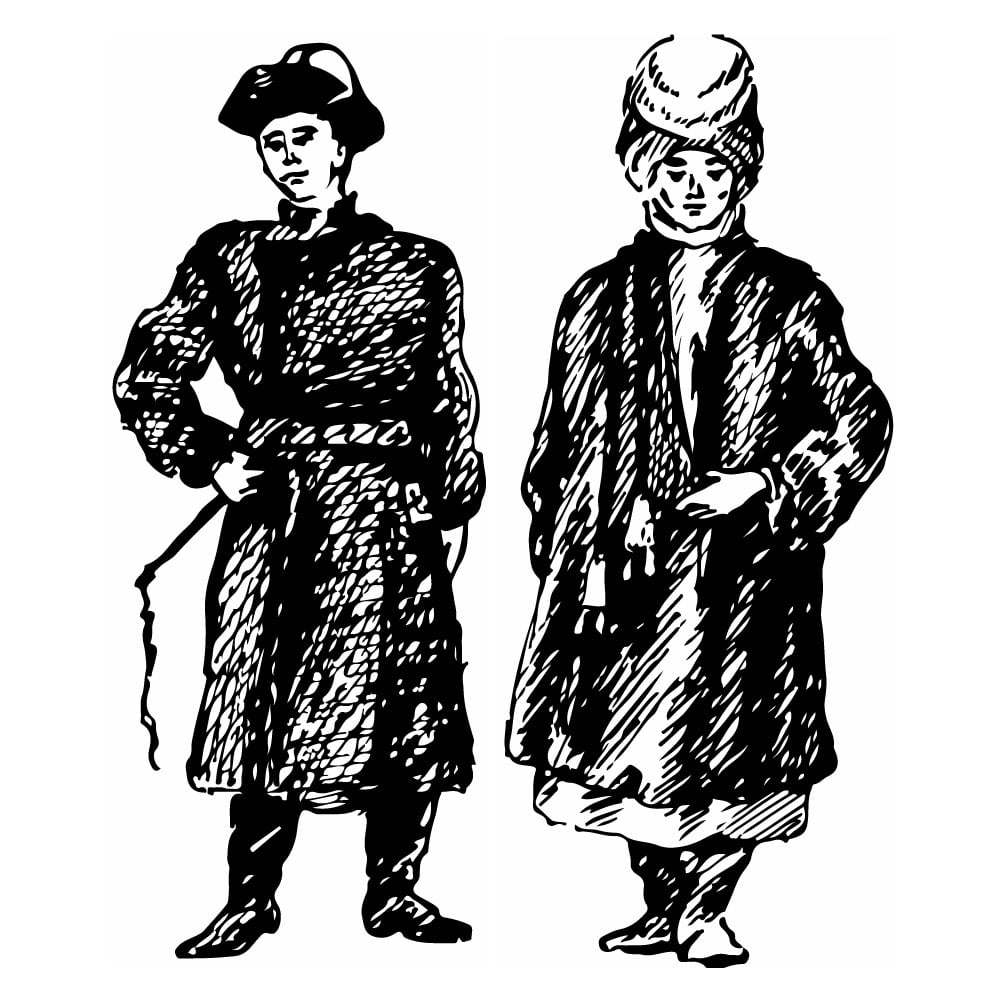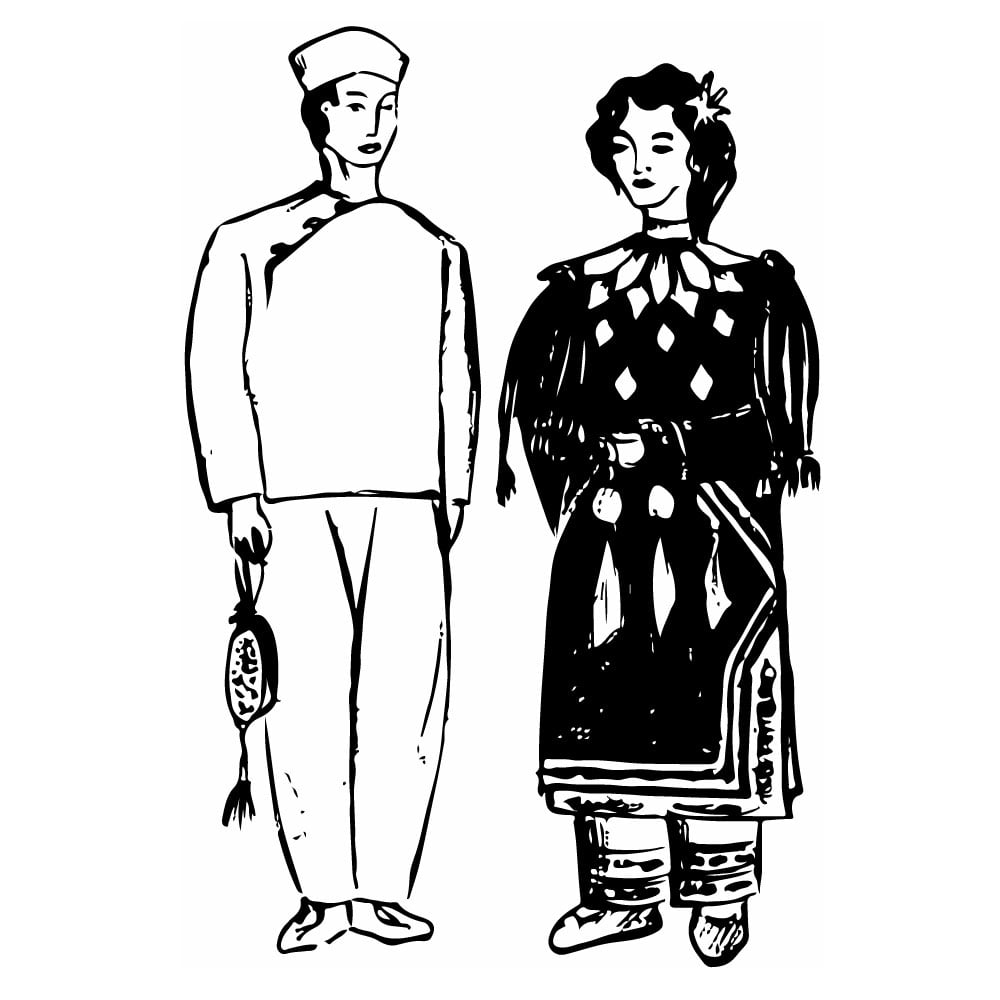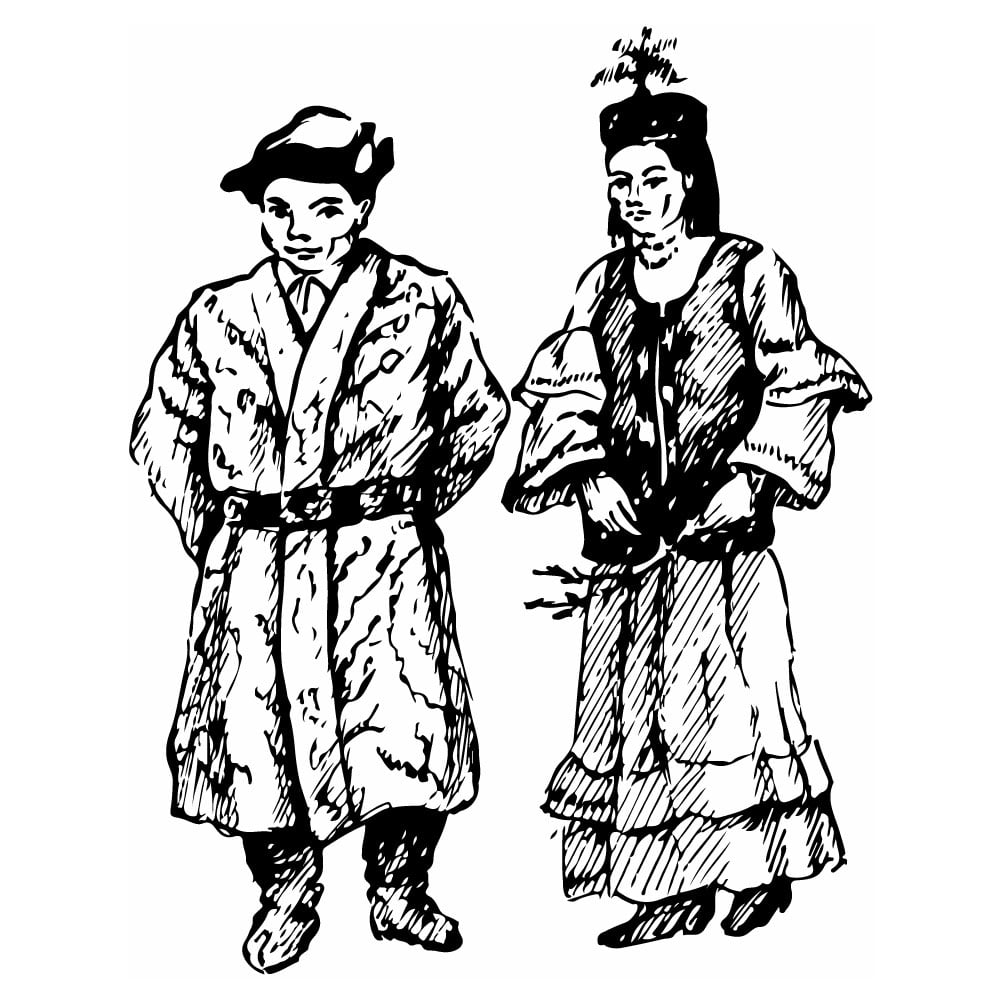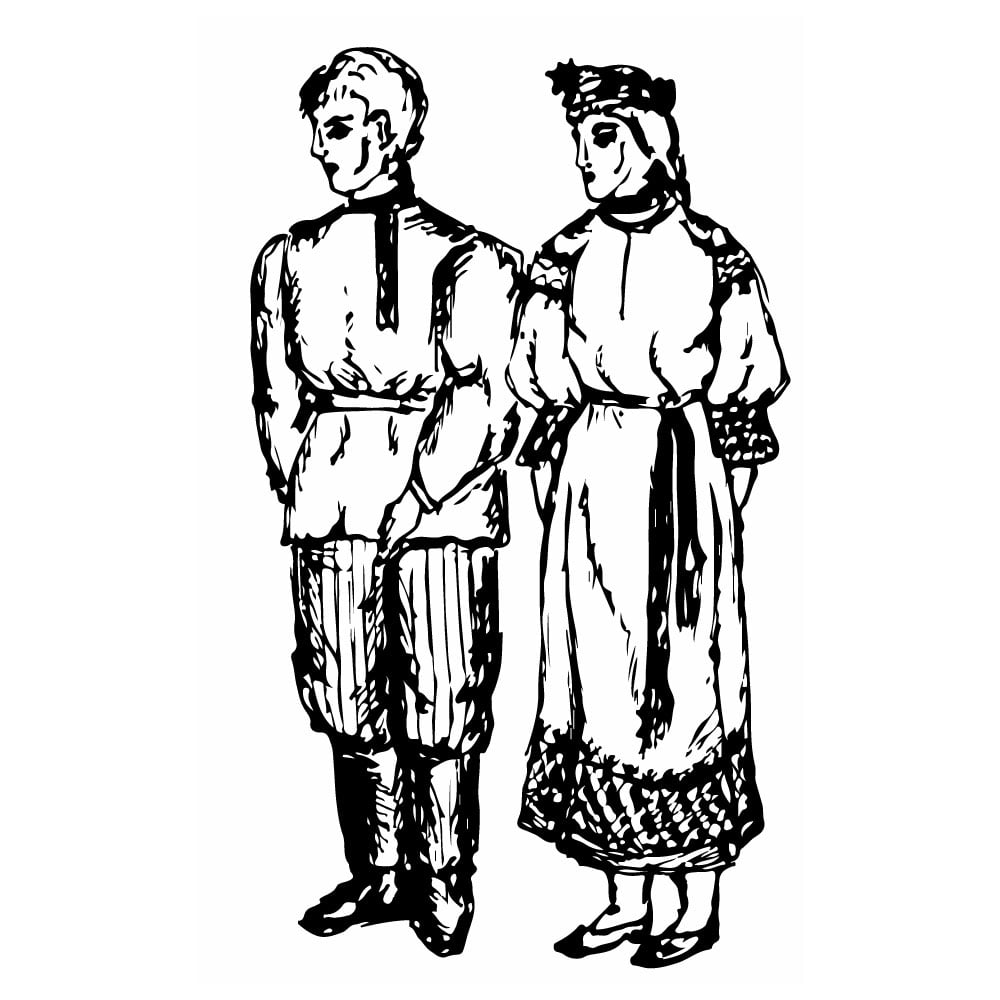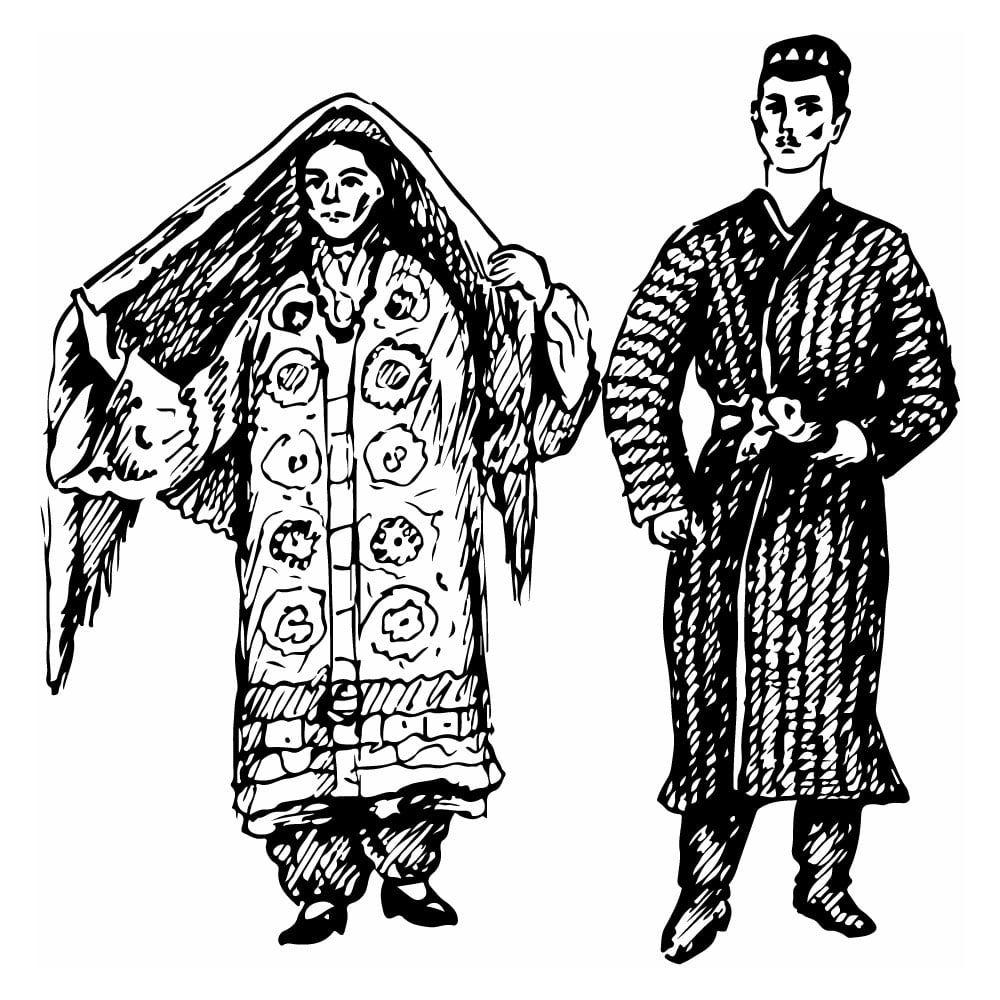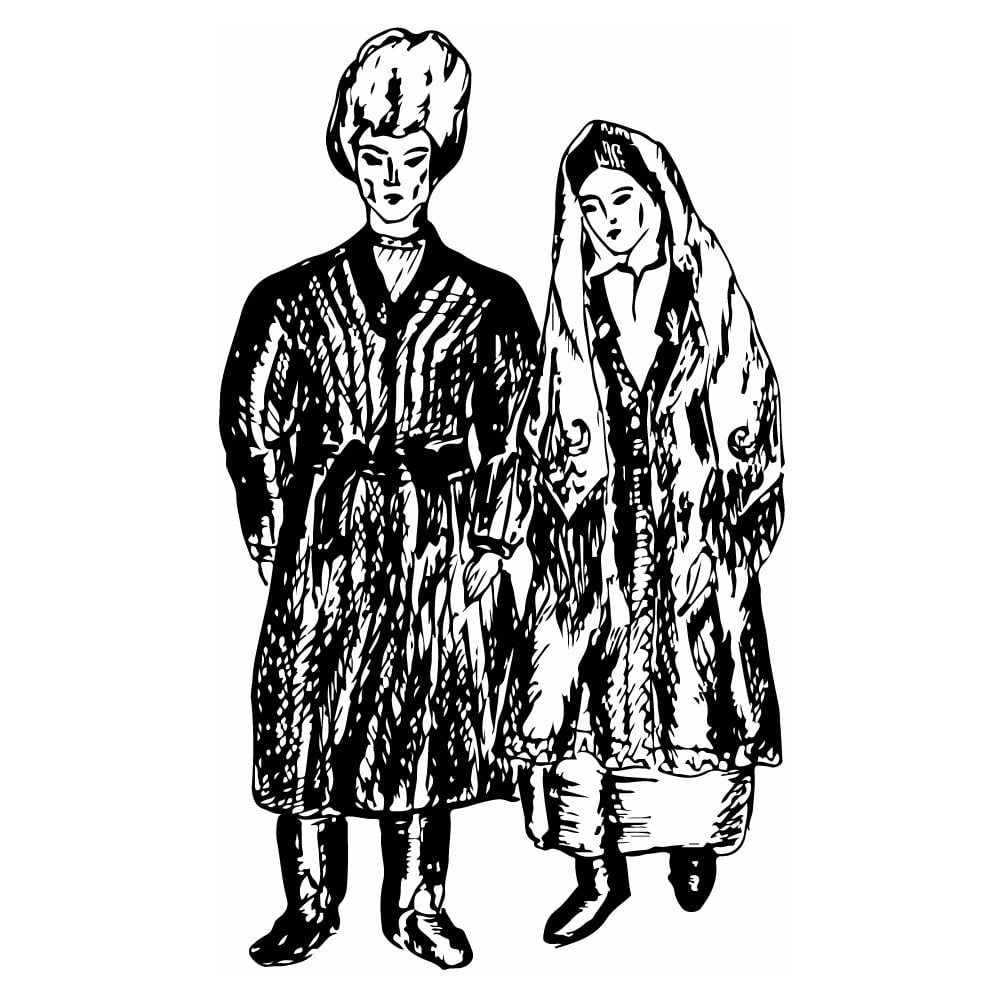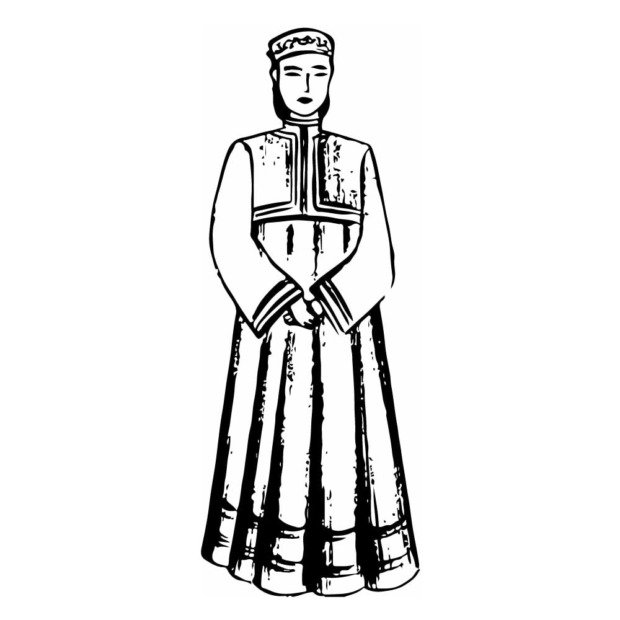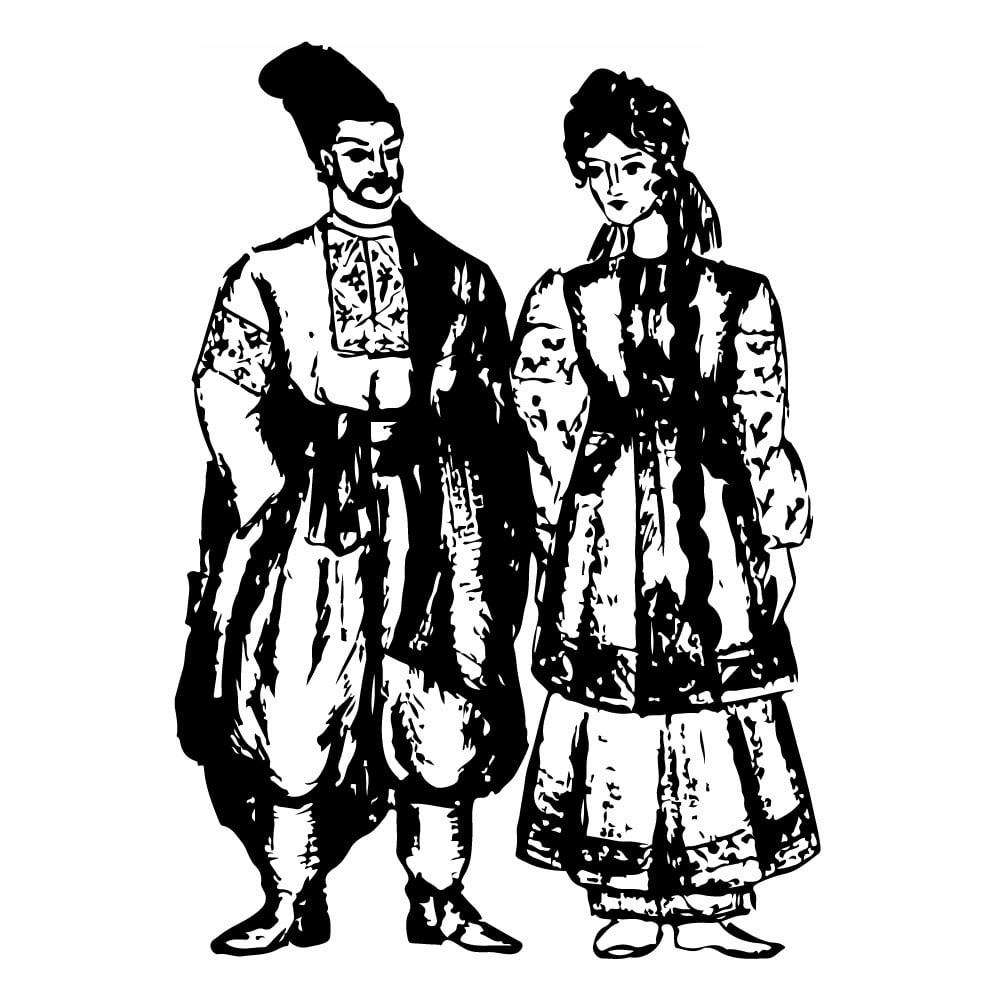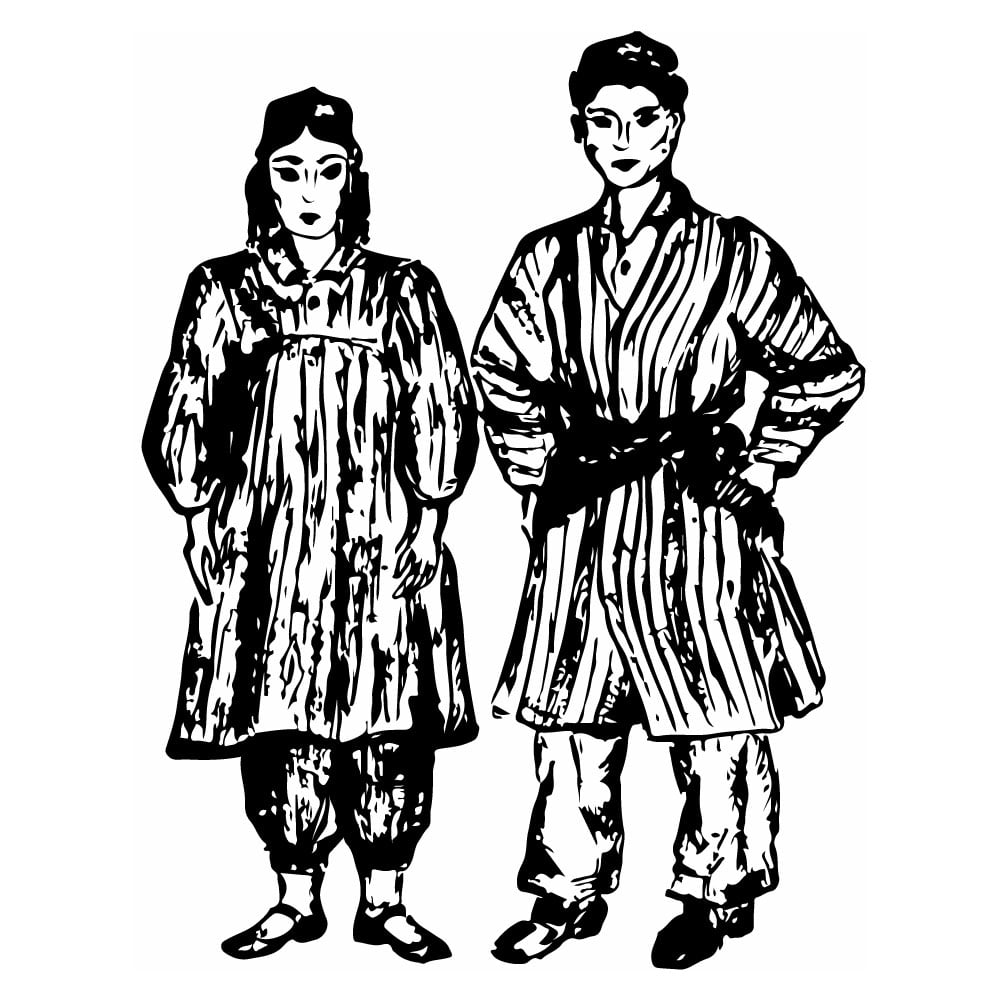Kyrgyz
| Population | 4,250,000 |
| Language group | Kyrgyz-Kypchak group of the Turkic languages |
| Language | Kyrgyz |
| Region | Kyrgyzstan |
| Religion | Islam/Sunnite |
*Population estimates for 1994
Kyrgyzstan is situated in the northeastern part of Central Asia. In the South East and in the East it borders on China.
Kirgizia (Kyrgyzstan) is a country of high mountains and vast valleys. These lands stretch in the territories of moderate and partially sub-tropical latitudes. The northernmost point of Kyrgyzstan is on the same latitude as Baku, Rome, New York, while the extreme northern and southern are on the latitude of Lisbon and Washington, DC.
Kyrgyzstan is the realm of rocks and cold. A bit lower, one can find Alpine and sub-Alpine grasslands, forests, dry steppes, and some deserts.
Kyrgyzstan as well as other Central Asian Republics is an ancient hearth of culture.
Great historic events took place there. The life of the Kyrgyz ancestors is full of dramatic events. Many enemies invaded these territories; different states emerged and fell. For five centuries (starting from the seventh century BC) the Kyrgyz pastures belonged to the Iranian Saks (eastern Scythes). The descendants of the Saks were the Iranian-speaking Usuns. The medieval period of the Saks is characterized by the domination of Turkic nomadic tribes.
In the sixth-seventh centuries the population professed Shamanism, Zoroastrism, Buddhism and Christianity. In the tenth-twelfth centuries higher feudal authorities adopted Islam. Later it became the official religion.
The problem of the formation of the Kyrgyz is difficult. Its history is connected with strong ethnic ties with both Central and Middle Asia tribes. The Kyrgyz ancestors lived not only within the boundaries of the present Kyrgyzstan. They also inhabited South Siberia and Minusinsk Valleys (the Yenisei river basin). The state of the Yenisei Kyrgyz sprang here in the sixth century AD and in the tenth century it fell.
Modern science has not answered the question about how the Yenisei Kyrgyz came to live in the Tien-Shan mountains. The first records about the Tien-Shan Kyrgyz are made in chronicles only at the beginning of the seventeenth century. However, the formation of the Kyrgyz nationality took place on the territory of the present Kyrgyzstan Republic in the fourteenth-fifteenth centuries.
The Kyrgyz (or the Kirgiz as they were known earlier) is a nation and native population of Kyrgyzstan. The total population of the Kyrgyz is 4,791,000 (in the CIS). The majority of the Kyrgyz live in the republic. One can also find them in Uzbekistan, Tajikistan, and Kazakhstan.
There are many ways of manifestation of Kyrgyz traditions. Sometimes they accompany modern life and other times they are forgotten. For example, the traditions connected with nomadic life are of no importance. On the contrary, the traditional hospitality and treatment of guests are keenly preserved. Ashar (mutual assistance) still plays an important role in the household of rural people. Especially strong are the traditions of national art and handicrafts. Ancient felt and weaving manufacture skills have still survived.
Folk songs are characterized by ancient melodies and specific Kyrgyz spiritual way of presentation.
The traditional Kyrgyz sports, such as eagle-hunting, riding, games, wrestling, and mounted riding are the integral part of holidays.
In countryside people celebrate Islam holidays, such as Kurmanait and Brozoait.
National Kyrgyz clothes have undergone many changes since last decades. National dress characteristics of the nineteenth century did not last to see our days. Traditional men’s clothes are represented only by headdress, such as caps, winter hats and skullcaps. Old rural men wear quilted robes and hand-made fur coats.
Only on holidays can one see old women wearing the elechek (traditional headdress) and bright embroidered wide skirt with a wide girdle called a beldemchi. A new type of modern women’s national clothes made of plush and tradition to wear kerchiefs have established almost everywhere. Some elderly still wear soft valenki (felt boots).
This is Ad 1

